Poppy Shirley Seeds Indian Red pack of 40-50 seeds Open Pollinated
₹50.00
In stock
SKU: PoppyIndian
Category: Winter Flower Seeds
How to Cultivate Poppy Shirley Red in Indian Climate
Poppy Shirley Seeds Introduction
Poppy (Papaver rhoeas) is a robust show-off red bloom with delicate looks. It is a winter flower best to sow when day time temperature drops below 30C. Indian climate is predominantly warm, but the poppies are well grows during winter season..Dahlia bulbs are good companion
| Number of seeds | 40-50 seeds |
|---|---|
| sowing month | Sept to Jan |
| Sowing temperature | 20-30C day time |
| Blooming month | Oct to March |
| sun | full sun |
Optimum Climate and Soil
Poppy Shirley Seeds prefer dry and cold climatic conditions and best to plant September end to February, which is the winter season of India. Poppies prefer 10°C to 25°C growth. Loamy, sandy loam soil that is slightly alkaline or neutral with a pH of 6.5 to 7.5 is suitable. Well-rotted manure or organic compost application provides nutrition and richness to the soil.
Sowing and Germination
Direct sowing is ideal because poppy seeds are tiny. Plant them when preparing the soil and tamp in lightly but not really burying them under because light to germinate. Lightly water only to make it wet soil mixture but not excessively. Germination in perfect conditions is 10 to 15 days.
Poppy Shirley Seeds Water and Lighting Requirements
Red Shirley Red red poppies let soil dry between watering intervals, especially when seedling. Shirle Red red poppies are also prone to overwatering that leads to root rot and should thus be watered only after the topsoil has dried out. The flowers also like full sun and at least 5 to 6 hours of direct sunlight a day. Heat in midday due to hot weather during summer will not cause heat stress on plants.
Pest and Disease Control
Poppy are generally disease resistant but aphids and spider mites attacks them. Pest infestation can be controlled biologically through neem oil spraying or the addition of beneficial insects like ladybugs. Fungal diseases like powdery mildew and damping-off are prevented by maintaining good air circulation.
Flowering and Harvesting
Poppy Shirley Seeds poppies bloom in 8 to 10 weeks after planting. Red flowers make a striking visual statement in gardens and landscapes. Harvest seeds by air-drying flowers on the plant in the sun, then bringing in dry browned-out seed pods as they dry. Dry seeds in a dry, cool location for future planting.
| Color | Red |
|---|---|
| Germination Level | Easy |
| Growth Pattern | Leaf without stem |
| Hybrid or Open Pollinated | Op |
| Ideal location | Full sun |
| Origin Country | India |
Be the first to review “Poppy Shirley Seeds Indian Red pack of 40-50 seeds Open Pollinated” Cancel reply
You must be logged in to post a review.
Related products
Winter Flower Seeds
Rated 3.00 out of 5
₹60.00
Winter Flower Seeds
Phlox Twinkle Star Seeds flower Hybrid seeds pack of 40-50 seeds Open Pollinated
₹50.00



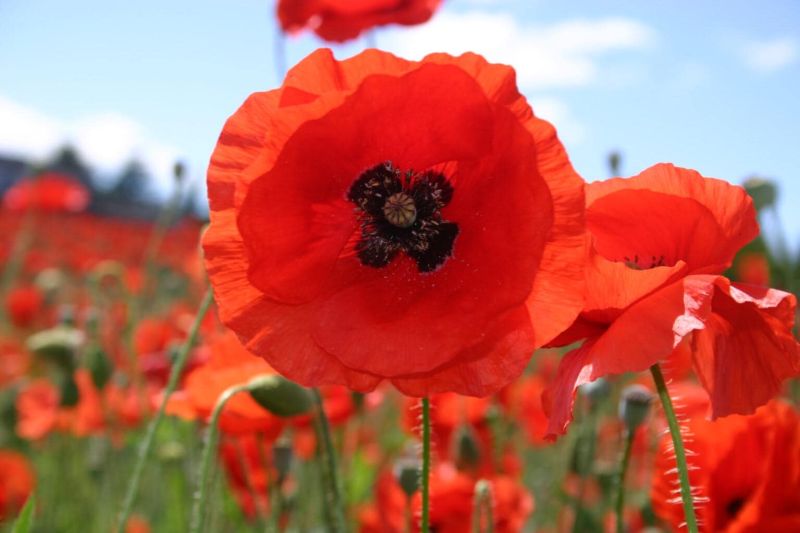
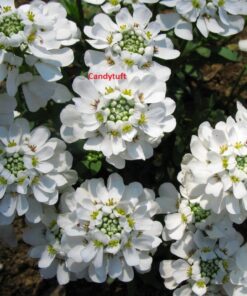
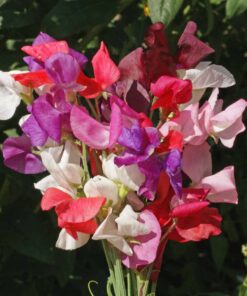
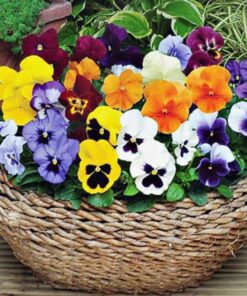
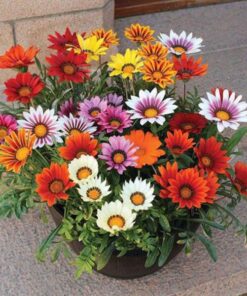
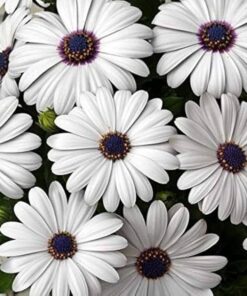
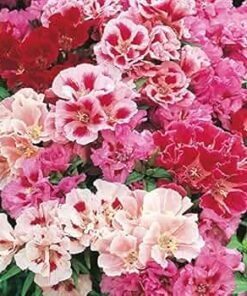
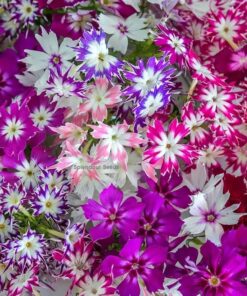
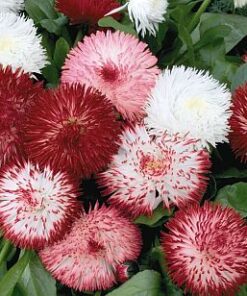
Reviews
There are no reviews yet.